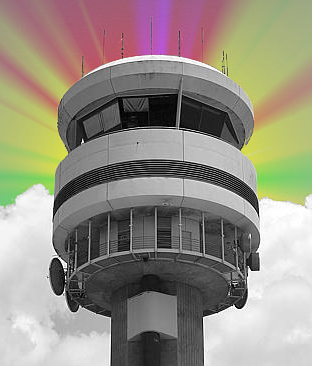Deal struck to bring OneSky closer
 Australia's new air traffic management system will merge both civilian and military aircraft tracking into a single system.
Australia's new air traffic management system will merge both civilian and military aircraft tracking into a single system.
In a move that had been resisted by Royal Australian Air Force (RAAF), the Government has arranged to ditch the long-standing separation.
The Government has now unveiled a deal that will pay defence contractor Thales to run the service in partnership with the Department of Defence and Australia's civilian air traffic control authority, Airservices Australia.
The new system is called OneSky.
Minister for Infrastructure Warren Truss says the streamlined system will enhance navigation and communication capabilities, allowing Australia to keep up with changes in aircraft technology.
“It will place us in a position to manage forecast growth of air traffic movement in Australia, of as much as 60 per cent by 2030, minimising delays for the travelling public,” Truss said.
“It will also ensure that Australian aviation remains at the forefront of technologically advanced air traffic management and safety, while optimising newer technologies on modern aircraft to drive greater efficiencies and seek opportunities to improve environmental outcomes.”
Minister for Defence Kevin Andrews said that a harmonised civil-military air traffic management system would help save money.
“This program will make Australia the first country in the world to commission an integrated joint civil military air traffic management system,” Mr Andrews said.
“This will deliver safety and efficiency benefits, through shared access to common flight data.
“Controllers will also be able to better manage the various mix of air traffic and create a seamless flow of national and international air traffic.”
OneSky will be introduced via a phased transition from 2018 to 2021.
The Government says the shared approach will bring savings of several hundred million dollars.








 Print
Print